Creating a retail experience that lives & adapts to continually connect with customers
After analyzing the Rebirth of Retail and reimagining its role through experience, the next step is to look at Organic Retail and how to create a retail experience that lives and adapts to continually connect with customers.
Knowing the customer has taken center stage and controls great marketplace power, how can retailer brands create truly valuable experiences that exceed expectations, drive business growth and agile to change?
10 Steps to Consider for Modern Retail Brands to Win
#1 Remove old mindsets
Remove the 100+ year old fixed mindset of retail being an analog experience for browse, promotions, try and buy. The mentality of maximizing footprint for baseline user needs is not enough to win the customer of the future. Analyze your spatial and business performance to hunt for actual trends, growth opportunities and emergent behavioral shifts.
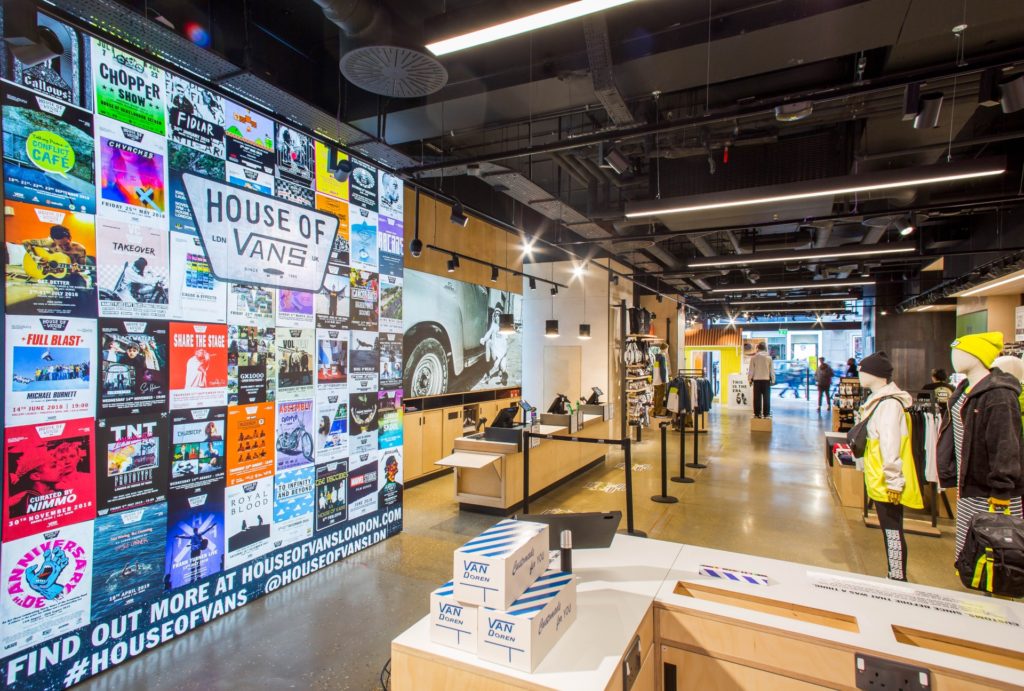
#2 Obsess over your customer
Research and obsess over your customer, their journey and how they use what you sell. Study them daily to uncover what they want—not just their basic shopping needs compared to other baseline competitors. Understand what motivates and inspires them, activates their senses and encourages them to socialize a shopping experience with others. For far too long retail brands have been validating antiquated reasons to venture into a store with minimal change. Customers are starting to expect bigger changes from retail spaces and places.
#3 Look for inspiration beyond retail
Capture inspiration from beyond retail reference points. The more you look like other retailers, the more indistinguishable you will become. Find inspiration from your customer’s perspective but also from those who know how to manifest memorable experiences. Retail brands should act like entertainment, hospitality, travel and tech brands to unstick this traditional mindset. Designing moments like Disney and servicing customers like Four Seasons is a transcendent approach to growing instead of the seasonal cycle of email-driven promotions with analog lifestyle imagery and window displays.
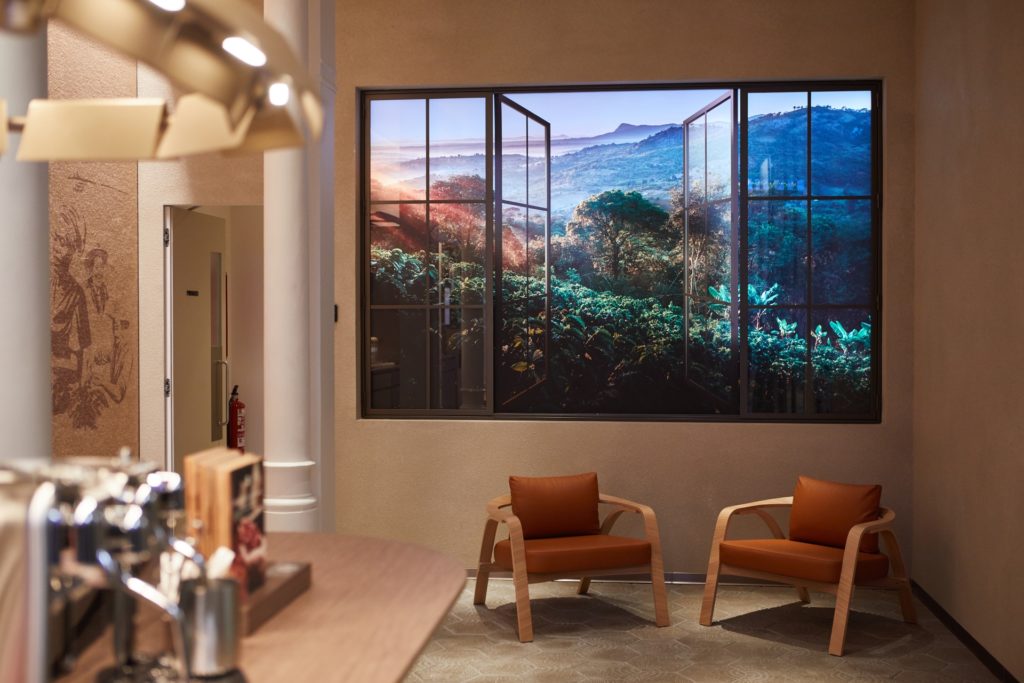
#4 Unlock your brand’s purpose
Unlock your brand’s true purpose for the store and think beyond the transactional or tactical. Defining the ever-present role of retail for your brand should be rooted in customer desire and what value you deploy for those people, no matter where in the world they interact with your space.
#5 A flexible long-term vision
Shift to a long-term vision that has the flexibility to adapt and change seasonally. Many retail brands are stuck in the seasonal cycle. It’s mission-critical to have a future-facing vision for the retail experience that guides and informs experiments, pilots and iterative changes. Creating a vision should be a visible, tangible and prototyped environment that others in the organization can experience themselves; it’s not just a document.
#6 Define your experience strategy & delivery plan
Define your experience strategy and delivery plan by mapping and designing your future state. Too often, we’re mired in the tactical, and it’s critical to think from your customer’s perspective and how they would journey through your future retail experience. By mapping your signature moments that define your brand’s unique role in retail space to your consistent touchpoints of self and guided service to check-out, you’ll be more capable of engaging your stakeholders to deliver successfully.
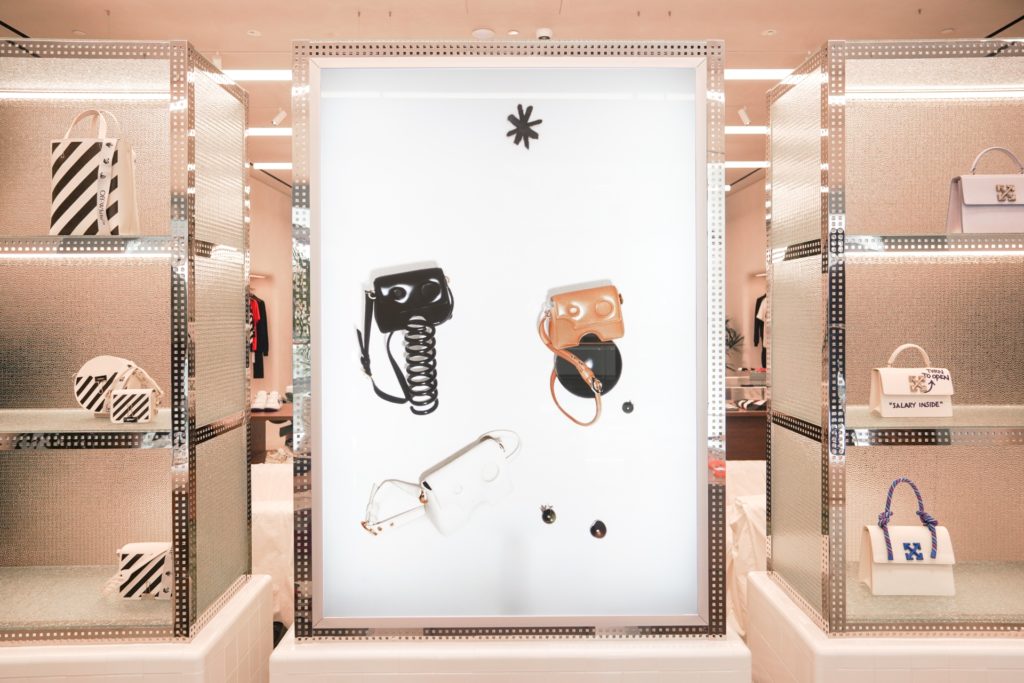
#7 Instrument your space for change
Delivering a more living approach to retail means creating a connected space intelligently enabled by technology, interfaces and sensors. Customers and technologies will continue to change, so will your brand’s retail space. Investing in instrumentation will lead to a higher initial investment but provides more flexibility, quality and personalization for your experience. Consider taking a modular approach to your space’s experience stack of software and hardware, so as innovative new technologies arise, you can more easily reconfigure your offerings.
#8 Connect your channels
Ensure you connect your out-of-store channels, data and offerings to your physical experience, so the journey feels fluid, easy and simple to the customer.
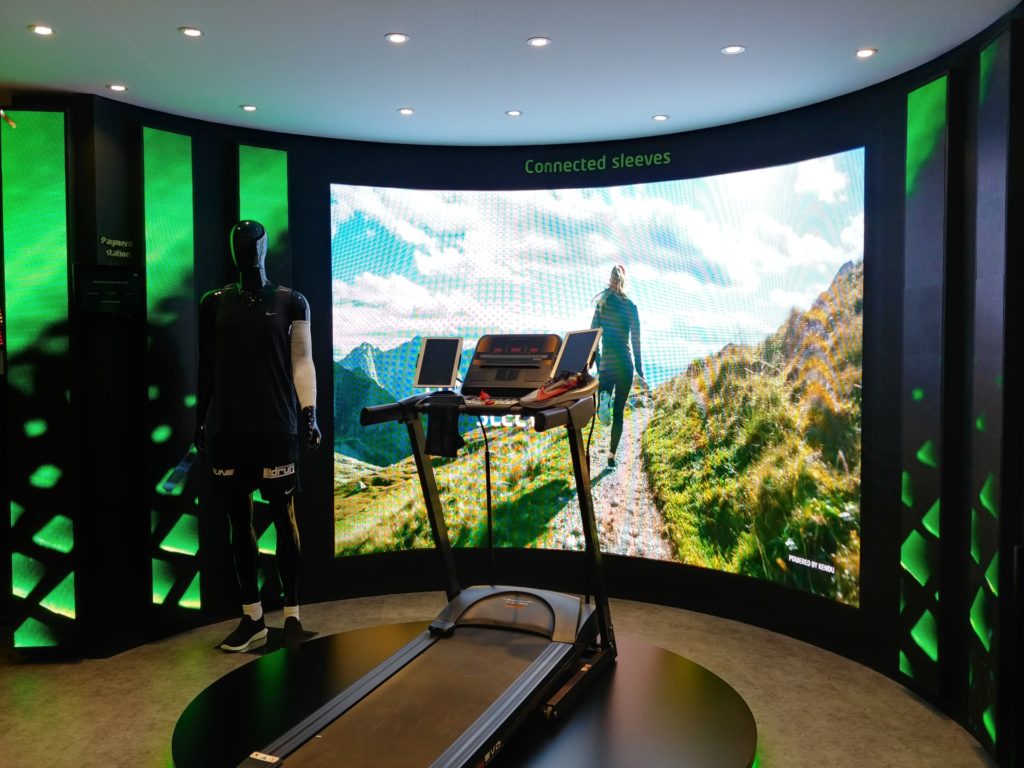
#9 Test, learn & scale
Test, learn and scale your new purpose and vision in reality by finding pilot locations before scaling. Creating a more R&D tech approach to your retail model will lead to short-term learnings and even shift the customer mindset by amplifying those stories in the marketplace. The whole world knew about Amazon Go, even though the locations were initially very limited in footprint.
#10 Reset & reimagine
Reset and reimagine after cycles of pilot learning. There cannot be a fixed mindset when operating with a more organic or living approach to retail. Brands need to continuously be ready for reimagination based on the customer or marketplace conditions. If 2020 taught us anything, it’s to be prepared for the unplanned and be agile enough to respond to change.
So how do these organic elements stack up for brands to plan?
Here’s a simplified set of 10 elements to consider when reimagining your retail experience to go organic and be adaptive to change.
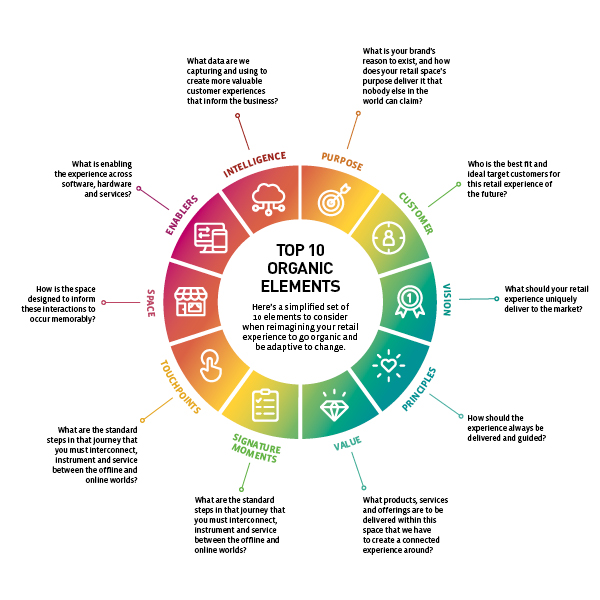
Organic Retail (II)
Download your printable PDF of Organic Retail (II) by Jared Fink for easy reading.
Meet Jared Fink
Jared wakes up every day to imagine, simplify and design utopian experiences for people and the brands they love. He helps organizations utilize experience as a strategic lever for growth, innovation and impact. He leads the Experience Group in New York for Siegel+Gale and partners with visionary leaders to simplify and transform their total brand experience across the entire customer journey.
If you want to learn more about how your retail model could be oriented organically to drive more innovative futures, you can connect with Jared Fink, Group Director of Experience at Siegel+Gale.




